
views
Education

Earn your high school diploma or GED. No matter what kind of vessel you hope to captain, you will need to obtain your high school diploma. If you never finished high school, take a GED prep-course and then take the exam. If you’re still in high school, take physics, chemistry, and a full four years of math to prepare for any maritime training. Learn communication skills through English classes and other language classes. Also consider taking computer classes and mechanical drawing classes.

Get a bachelor's degree. While it is not strictly necessary, it is strongly recommended that you obtain a four-year bachelor's degree. This can be done at a specialized institution like the U.S. Merchant Marine Academy or at any 4-year college or university. The Marine Academy offers the advantage of preparing you for the licensing exam. Get a degree in the field of marine transportation, marine engineering, maritime operations and technology, or shipyard management.

Study relevant topics. Regardless of whether you have formal education, there are certain skills you will need to study and practice if you want to be a good captain. Study topics dealing with navigational software, facilities management software, marine communication system operations, and the structure of mechanical ship equipment. Even if you can’t afford a full 4-year education, try to audit some maritime-related classes at your local university or community college. Look for classes offered by local organizations like the yacht club or sailing club.

Enroll in a captain’s license class. There are short-term courses you can enroll in that prepare you for your licensing exam. They’re not necessary to take the exam, but they can be a comprehensive way to learn about navigation, tidal calculations, international and inland rules of the road, and meteorology. If you live near a coast, look for local businesses that specialize in these classes. If there's nothing near where you live, you can take an online course. These courses end in a written exam that can often stand in for the official exam. Check the Coast Guard website to find approved courses.
Experience

Log at least 360 days of sea-time. Before you can obtain a captain's license, you must have a minimum total of 360 days worth of sea-time within a five-year period. A "day" in this context refers to a period of four consecutive hours. If this sea-time is spent under another captain's command, you will need to have this captain sign your license application when the time comes. Any time spent on a boat counts. So include hours working in positions such as a maid or deckhand on a cruise ship.

Spend additional time training on a boat. Even though you only need 360 days of sea-time to get your license, if you want an actual job as a captain, you will usually need at least three to four years of professional experience. This experience should be directly related to the operations and management of a ship. Some positions to aim for are deckhand, third mate, second mate, chief mate, or engineer. While you can study some of the basics of boating in books or online, you really need experience on the water in order to truly understand what you've been reading.

Get on-the-job training. Apply for an entry-level job aboard a standard cruise ship or merchant ship and work your way up through the ranks. You’ll gain hours and experience watching and learning from others, and you’ll make important contacts you can use later for references and job opportunities. Look for positions like tour guide, dockhand, sanitation officer, or boat mechanic.
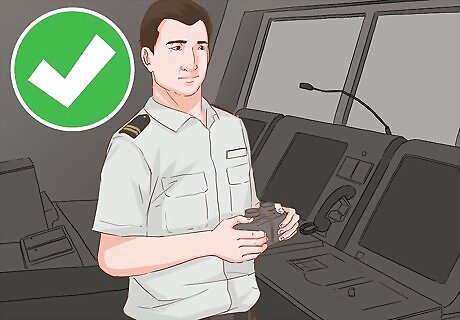
Work as a deck officer. If you attend a Coast Guard or Marine academy, you graduate being able to serve as deck officer or third mate in the Coast Guard Reserve, Merchant Marine Reserve, or Naval Reserve. If you didn't attend one of these programs, work your way up to one of these positions by starting as a deck hand.
Licensing
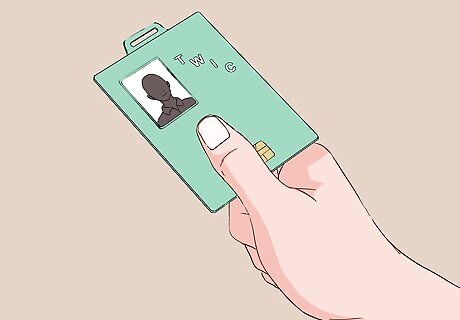
Apply for a TWIC card if necessary. If you'll be steering your boat into secure military waters, you'll need to apply for a Transportation Worker Identification Credential card before you can apply for your captain's license. Check the Coast Guard website to see if you need one. If it's not necessary, simply provide a statement with your application that says you don't need it. If a TWIC card is necessary for you, you can apply for it through the TSA. Your TWIC card will allow you to get into each port in harbor in the United States.
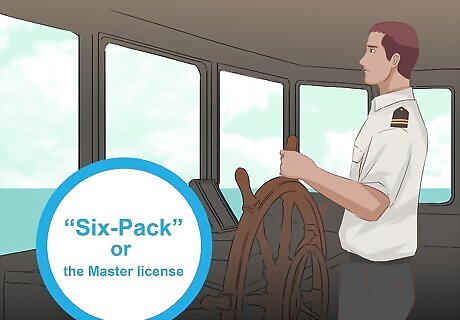
Choose between the “Six-Pack” or the Master license. The most common type of license is the Operator of Uninspected Passenger Vessel license, more commonly called the “six-pack” because you can take up to six paying passengers out on the water with you. If you foresee yourself wanting or needing to take more than six people out at once, then get the Master license. The Master license involves far more sea-time hours, but there’s no need to get the six-pack license first. Jump right to the Master if that’s the one you want.

Satisfy all of the physical and legal fine print. You will need to pass a physical exam, drug test, background check, and fingerprinting. Check the Coast Guard's website for a list of approved centers to visit for these tasks. CPR and first aid certification are also required, for example. In addition, you'll need a photocopy of your driver's license. Additional identification will be required, such as a social security card or an I-551 alien registration card.

Submit an application. Visit the Coast Guard's website to print and fill out an application for your captain's license. This license is more formally known as a Merchant Mariner Credential (MMC). Include documentation of your sea-time experience with your application. You can submit your application and any supporting documents in person at a local Regional Exam Center (REC) or send it to the REC through the mail. If you're outside the U.S., you'll need to apply for the International Certificate of Competence (ICC) through the Royal Yacht Academy.

Present three character references. In addition to the application itself, you will need to submit three letters of recommendation. These references should be written by people working in or familiar with the maritime industry. That way, they can address both your character and your proficiency with a boat. References from licensed captains, commercial fishermen, or others who own and operate their own boats are generally best. These character reference letters should also be notarized.

Pay the fees. The standard fees amount to about $250 to $300, and they cover evaluation, examination, and issuance. You will need to pay the evaluation fee when you turn in your application and the examination fee when you complete the test. The issuance fee must be paid before you can receive your credentials.

Take the test. Once your application has been reviewed, you'll be sent an approval to test letter. Then you can visit the Coast Guard's website to schedule your test at a local REC. There is no driving test when you apply for your captain's license, but there is a written test. This exam will usually consist of multiple choice questions about deck and safety procedures, general navigation, and rules associated with operating a boat in shared waters.
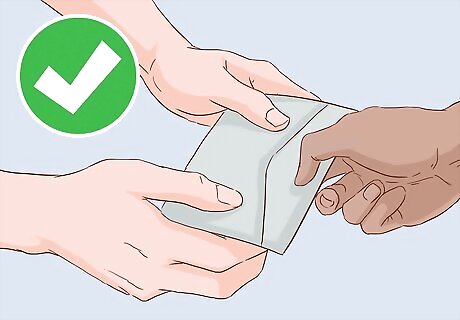
Receive your credentials. After you submit your application and fees and take the exam, the REC will process the application and send it to the National Maritime Center (NMC) for review. Your professional qualifications, medical history, and overall safety and suitability will be evaluated. If your application is approved, your license and credentials will be printed and mailed to you.
Getting a Job
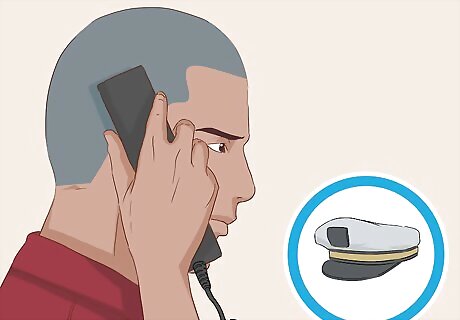
Network through your professional contacts. Contact anyone you’ve worked with while gaining your initial training and experience. Talk to any cruise ship captains or directors you worked for or maritime teachers you studied under. Ask them if they know of any job openings or leads. Join your local yacht club or sailing club to make more contacts there. Go mingle with other captains at local docks and start up conversations with them. They may know of more job openings.

Look for online job ads. There are some websites, like http://www.boatcaptainsonline.com/, that are designed specifically for those looking for work as boat captains. You can also try more general job board sites like Indeed or LinkedIn.
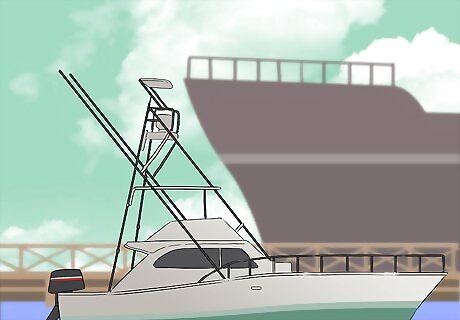
Start your own business. If you have a boat and your captain’s license, you don’t need someone else to employ you; you can employ yourself! If you live near an ocean or lake, there are bound to be tourists looking for fun water activities. Take families out fishing or snorkeling, offer sunset cruises, or teach your own sailing lessons.
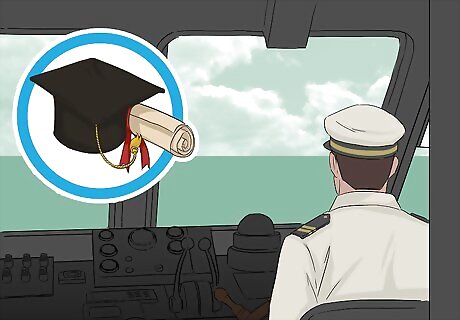
Continue your education. If you want to improve your odds of getting work or keeping your job, you should consider taking continuing education courses through a maritime academy. These courses can help you learn new skills and new technologies related to the industry.



















Comments
0 comment